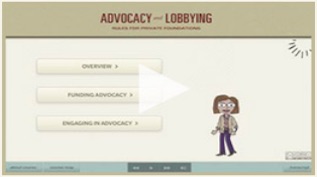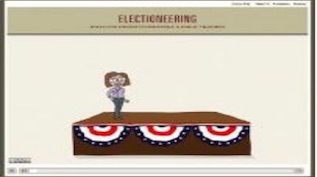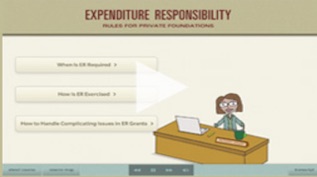
This Content Collection features a series of guides and resources on advocacy and lobbying from Learn Foundation Law, a free first-of-its-kind resource for private and family foundations, as well as NCFP webinars and other resources on advocacy grantmaking strategies. Also included is research on the rate of return on investing in advocacy strategies, as well as case studies of a number of family foundations, both small and large, that have used advocacy as a core part of their giving strategy.
Please see the NCFP Content Collection on Systems Change for related information and resources.
Start Here: Learn Foundation Law Course List


Electioneering Rules for Private Foundations and Public Charities
Video
Expenditure Responsibility Rules for Private Foundations
Video
Working with Government Officials: Rules for Private Foundations
VideoCase Studies of Families and Funders

The Story of How the Civil Marriage Collaborative Helped America Embrace Marriage Equality
ReportAdditional Research and Perspectives

Policy Influence: What Foundations Are Doing and Why
Report
